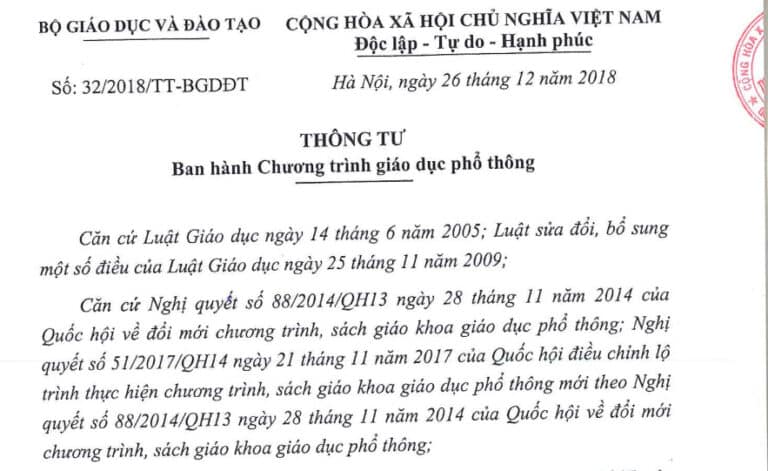Language is a powerful tool that shapes our understanding of the world. In the realm of global education, breaking down language barriers is essential for fostering inclusivity and facilitating effective communication. One language that has gained prominence in this context is Japanese, known for its rich cultural nuances and increasing relevance in various fields. In this article, we will explore the significance of Japanese translation in global education, delving into its challenges, solutions, and the positive impact it can have on learners worldwide.
Introduction
In today’s interconnected world, where students and professionals collaborate across borders, effective communication is key. Language barriers can impede the exchange of ideas, hinder academic progress, and limit opportunities for personal and professional growth. This article aims to shed light on the role of Japanese translation in overcoming these challenges, particularly in the realm of global education.
Significance of Japanese Language Education
Japanese language education has witnessed a surge in interest, driven by factors such as increased globalization and the growing influence of Japanese culture. As more individuals recognize the value of being proficient in Japanese, there is a corresponding rise in demand for educational resources that facilitate language learning.
Challenges in Japanese Language Education
Despite the enthusiasm for learning Japanese, learners often face challenges due to the language’s inherent complexity. The intricate writing systems, honorifics, and cultural subtleties pose hurdles that require tailored approaches to effective teaching and comprehension.
The Role of Translation in Global Education
Translation serves as a bridge that connects individuals with diverse linguistic backgrounds. In the context of global education, it plays a pivotal role in ensuring that educational materials are accessible to a broader audience. Effective translation facilitates the exchange of knowledge, transcending linguistic boundaries.
Japanese Translation Services
Various translation services cater specifically to the needs of learners and educators seeking to engage with Japanese content. From online platforms to professional translation agencies, the options are diverse, allowing individuals to choose the most suitable service for their educational requirements.
Technology and Translation
Technological advancements have significantly contributed to the accessibility of language resources. Language translation apps, online dictionaries, and language learning platforms leverage technology to provide users with instant and accurate translations, making Japanese language education more attainable than ever.
Benefits of Learning Japanese Through Translation
Integrating translation into the process of learning Japanese offers unique advantages. Learners not only grasp the linguistic aspects but also gain insights into the cultural nuances embedded in the language. This holistic approach enhances comprehension and cultural sensitivity.
Real-world Applications
Numerous success stories highlight individuals who have effectively broken language barriers through Japanese translation. These stories serve as inspiration, demonstrating the tangible impact of language learning and translation on personal and professional development.
Tips for Effective Japanese Language Learning
For those embarking on the journey of learning Japanese, practical tips can significantly enhance the learning experience. Incorporating translation exercises into daily routines, practicing with native speakers, and immersing oneself in Japanese media are effective strategies for mastering the language.
Educational Institutions Embracing Japanese Translation
Forward-thinking educational institutions recognize the value of incorporating translation into their curriculum. By doing so, they empower students to navigate a multilingual world, preparing them for success in diverse academic and professional settings.
Cultural Sensitivity in Translation
Understanding the cultural context is crucial in translation to avoid misinterpretations. Educators and learners alike should be mindful of cultural nuances, ensuring that translations accurately convey not just the words but also the cultural depth embedded in the language.
Future Trends in Japanese Language Education
The landscape of Japanese language education is dynamic, with ongoing developments and innovations. Anticipated trends include the integration of virtual reality, gamification, and personalized learning approaches, creating immersive and engaging experiences for learners.
Challenges and Solutions in Global Education
While progress is being made in breaking language barriers, challenges persist in global education. Collaborative efforts are needed to address issues related to accessibility, inclusivity, and ensuring that educational resources are adapted to meet the needs of diverse learners.
The Global Impact of Breaking Language Barriers
The collective effort to break down language barriers contributes to global harmony by fostering cross-cultural understanding. As individuals become proficient in multiple languages, they bridge gaps, promote empathy, and create a more interconnected world where education knows no linguistic boundaries.
Conclusion
In conclusion, Japanese translation plays a vital role in dismantling language barriers and promoting inclusivity in global education. The integration of translation services, technological advancements, and cultural sensitivity collectively contribute to a more accessible and enriching learning experience. As we look towards the future, the continuous evolution of Japanese language education holds promise for fostering global collaboration and understanding.
FAQs
Translation provides insights into cultural nuances, enriching the learning experience and promoting a deeper understanding of the language.
Yes, the complexity of Japanese writing systems, honorifics, and cultural subtleties pose challenges that require tailored teaching approaches.
Technology, including translation apps and online platforms, has significantly contributed to the accessibility of Japanese language resources.
Educational institutions can integrate translation exercises, collaborate with translation services, and emphasize cultural sensitivity in language education.
Future trends include the integration of virtual reality, gamification, and personalized learning approaches to create immersive and engaging experiences for learners.













